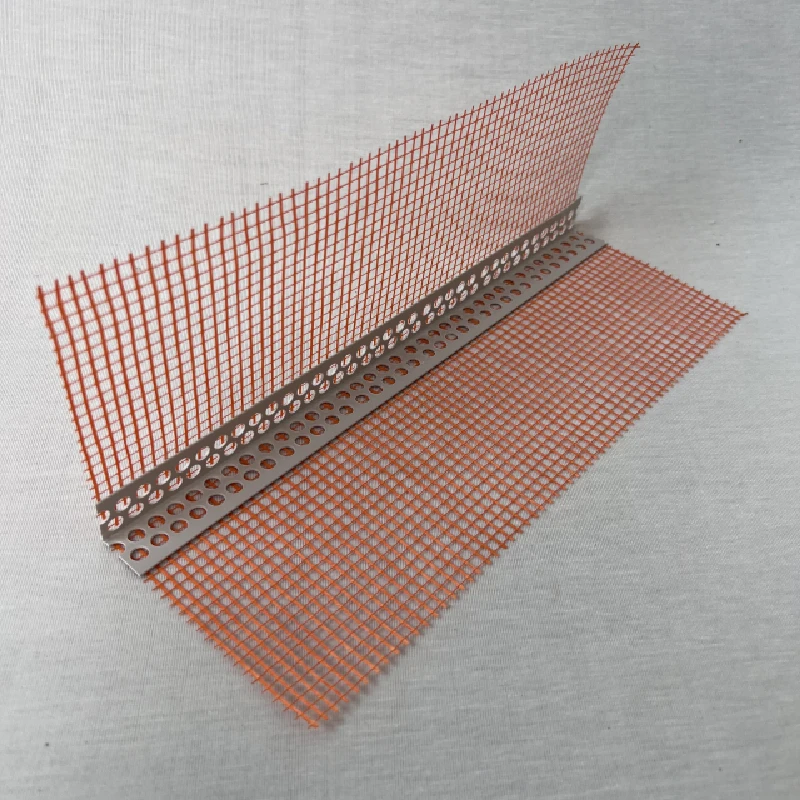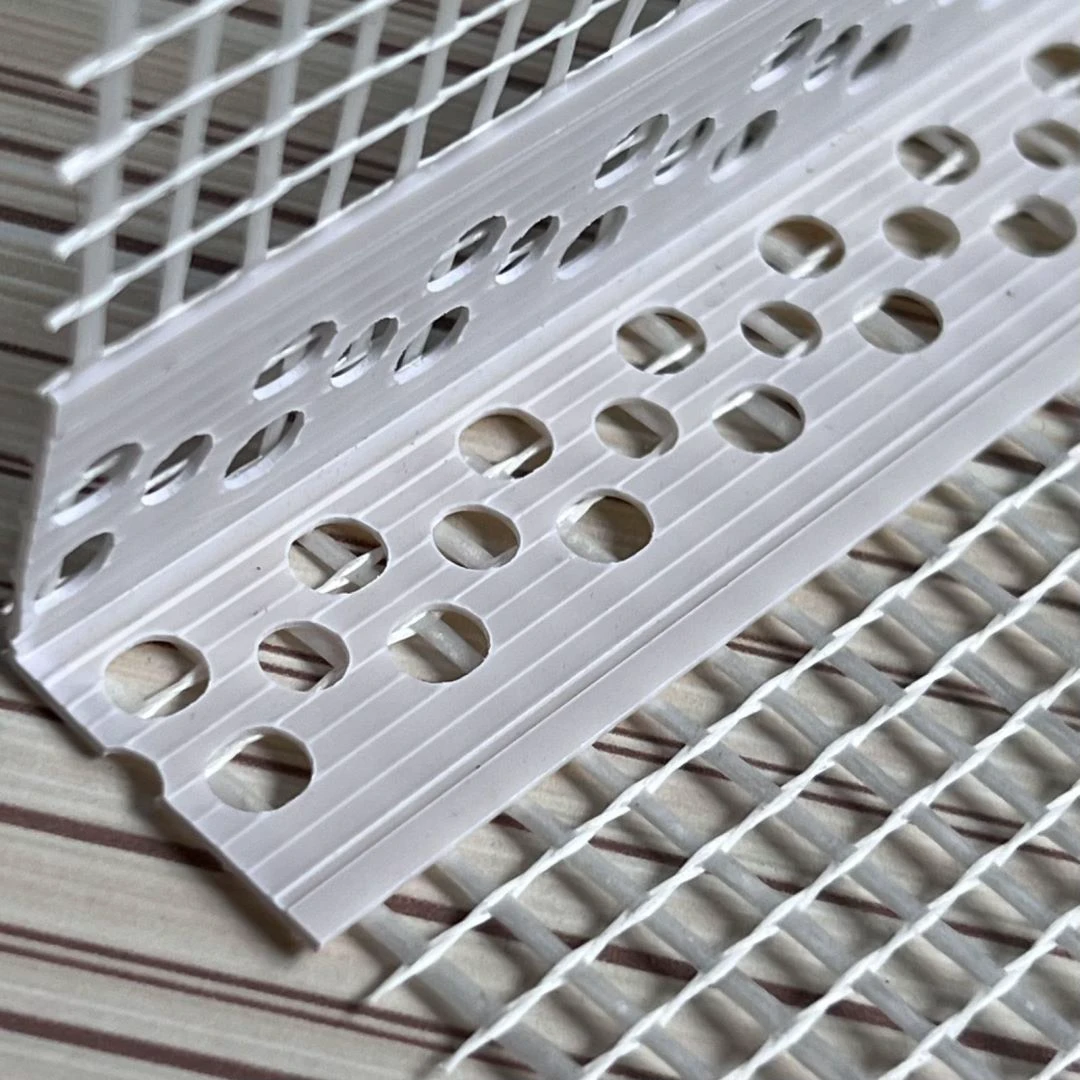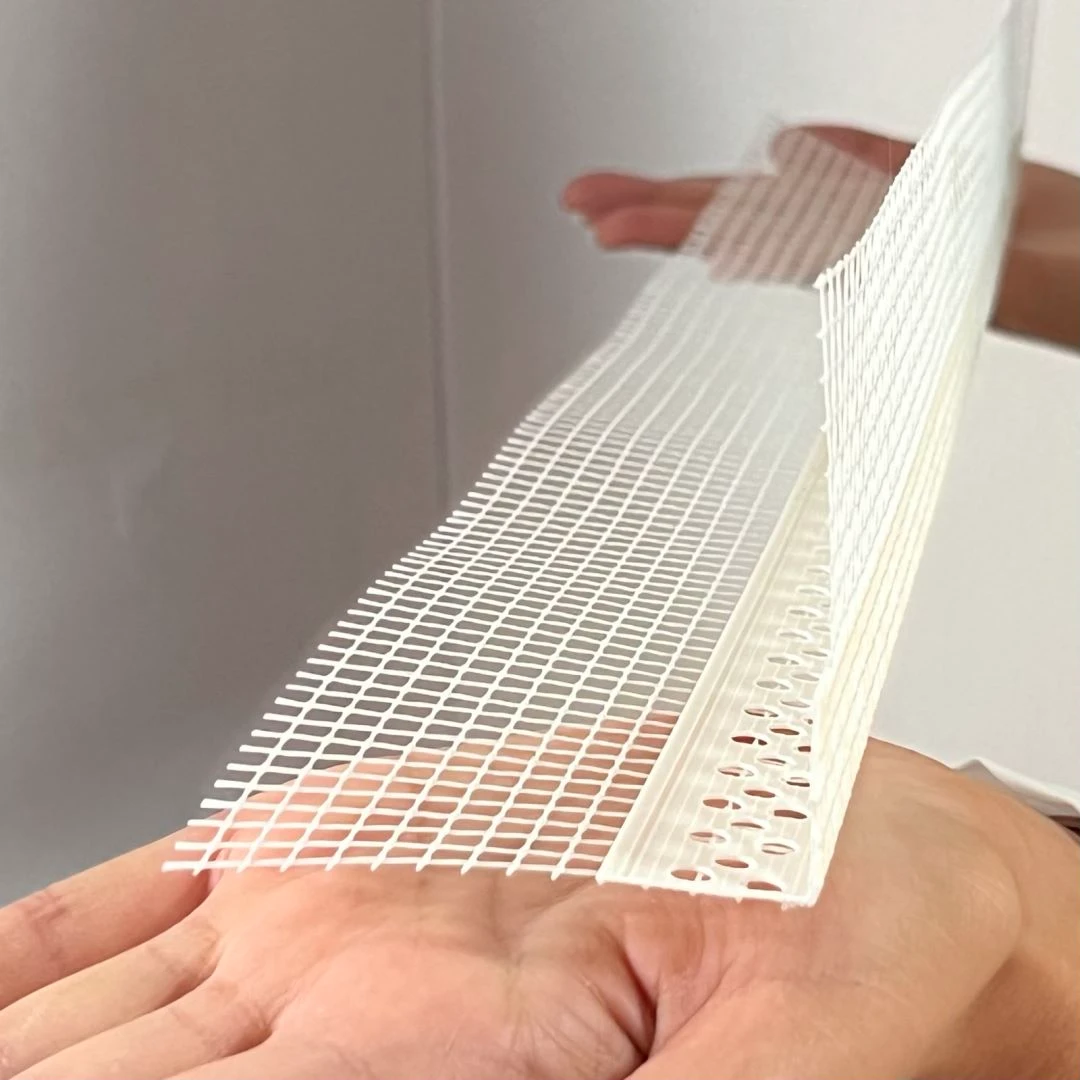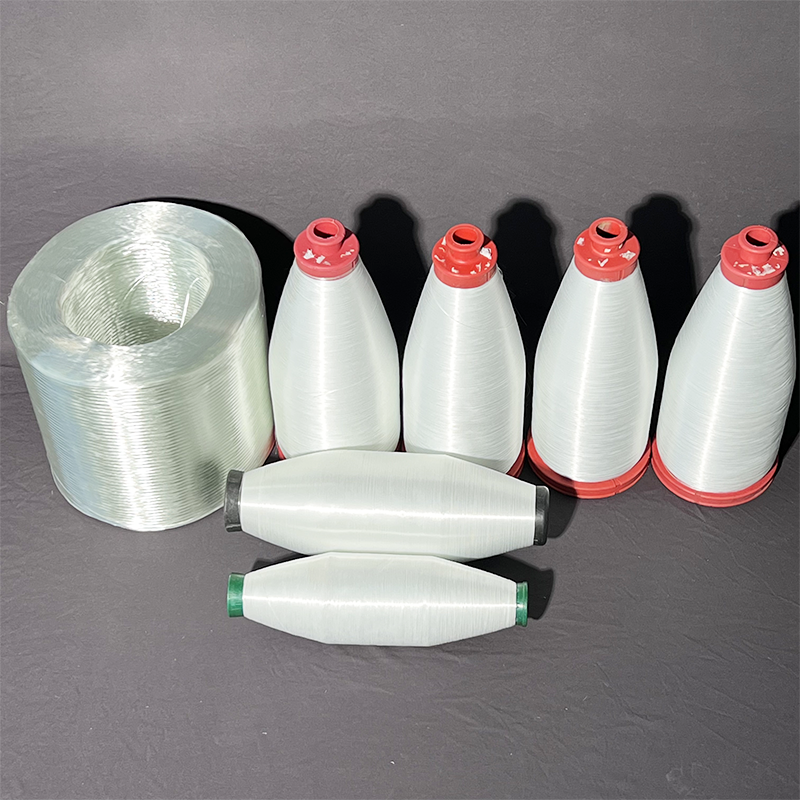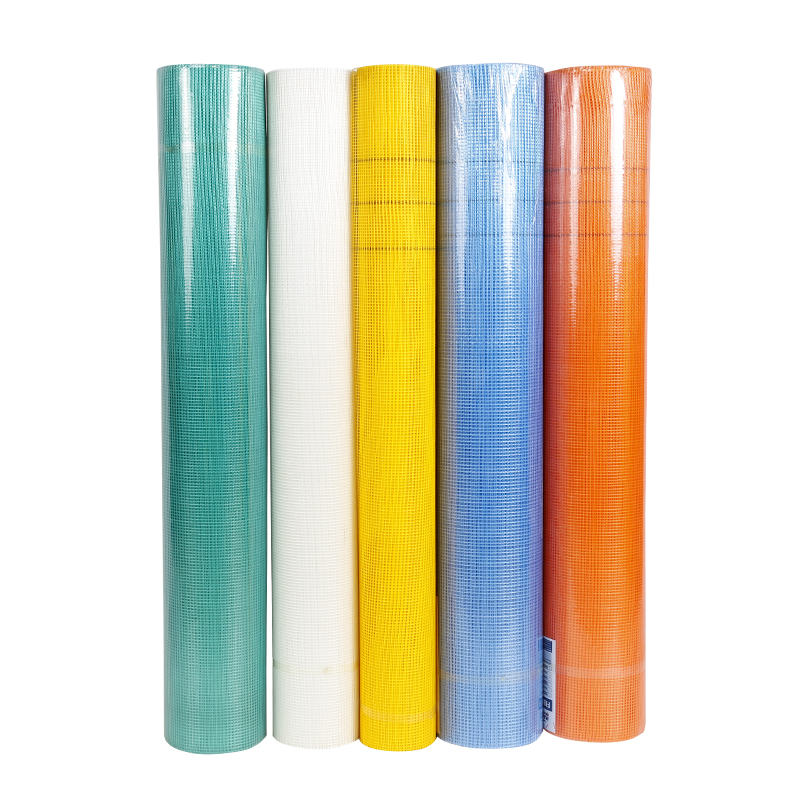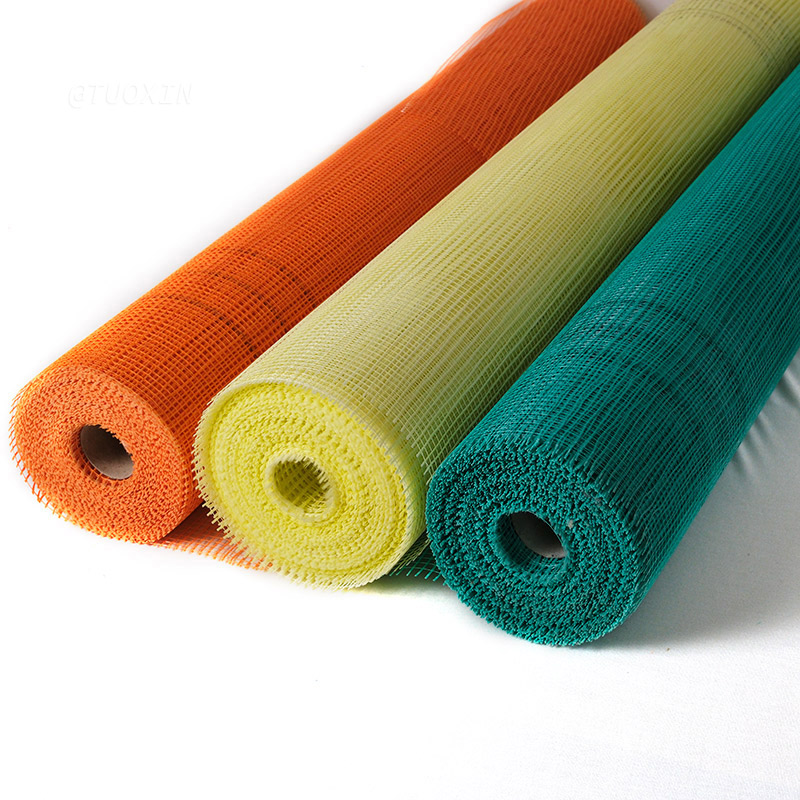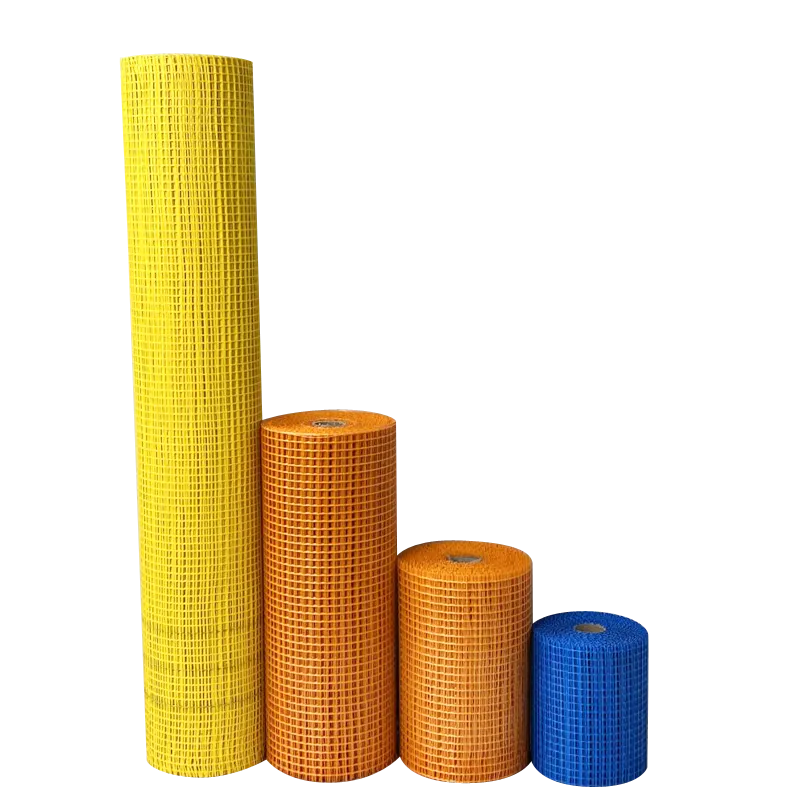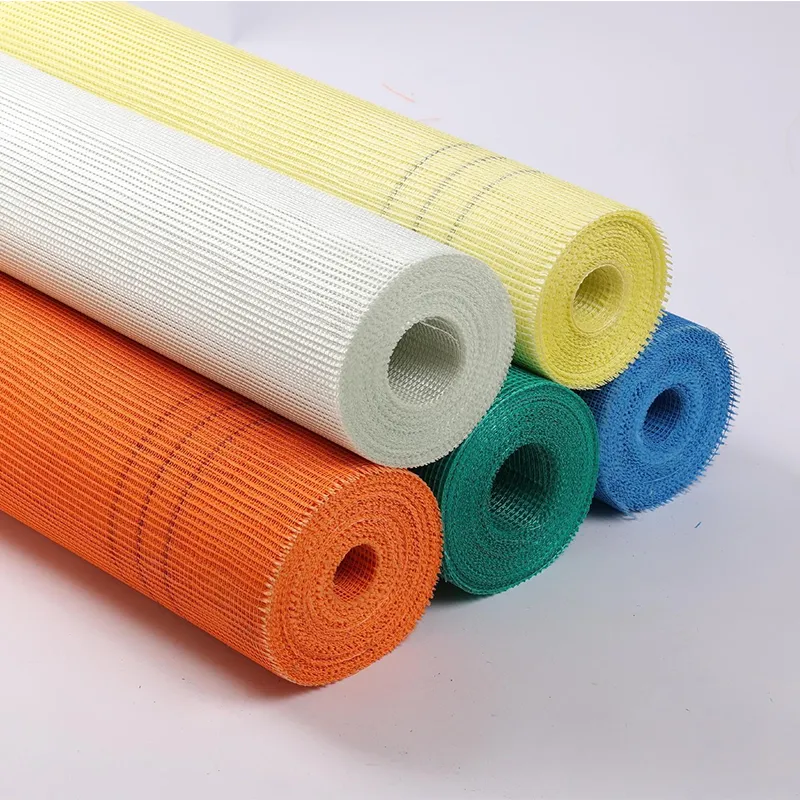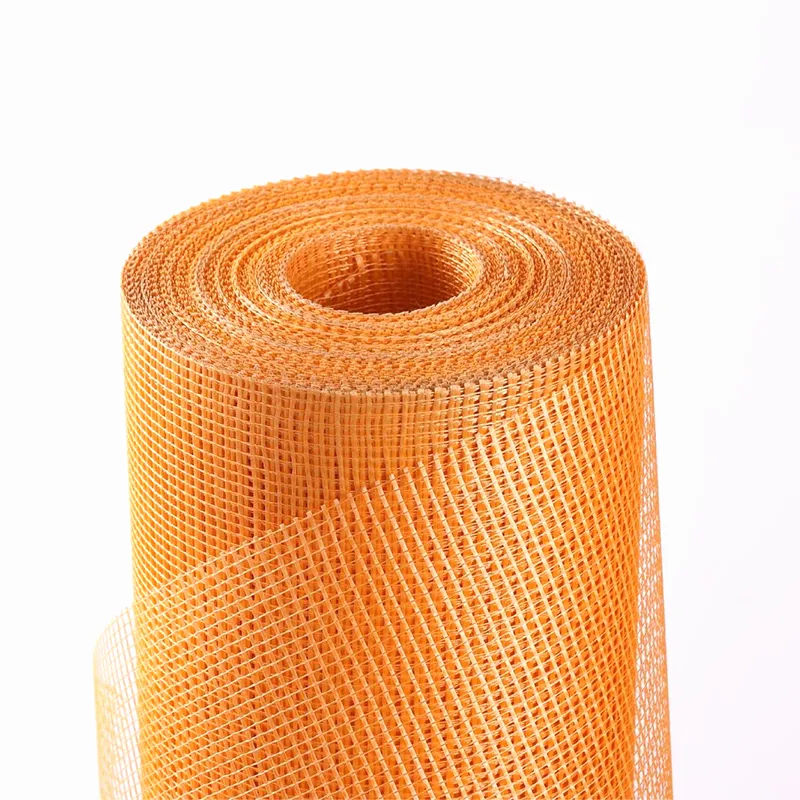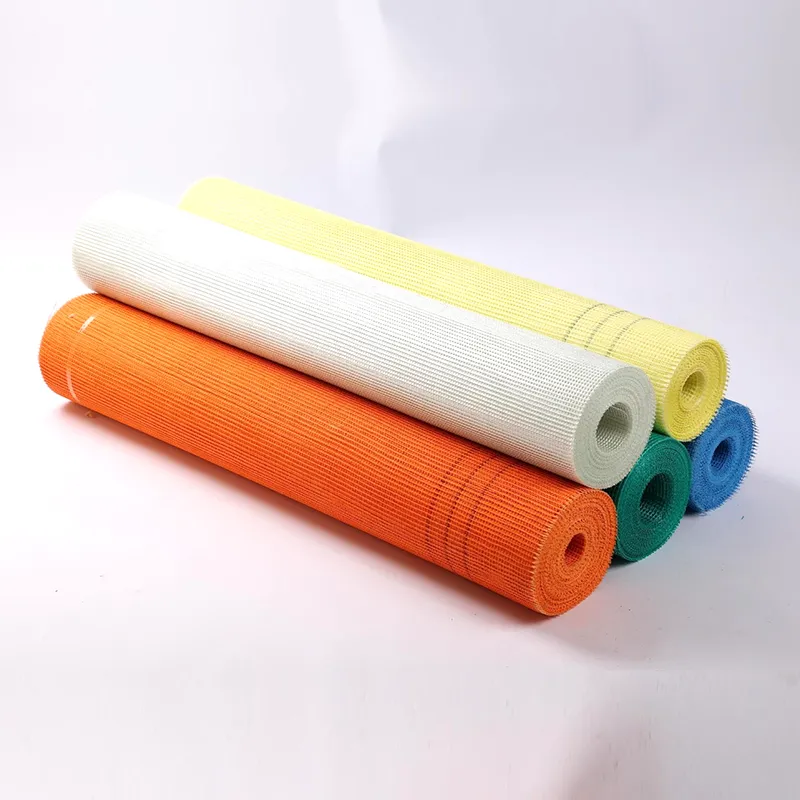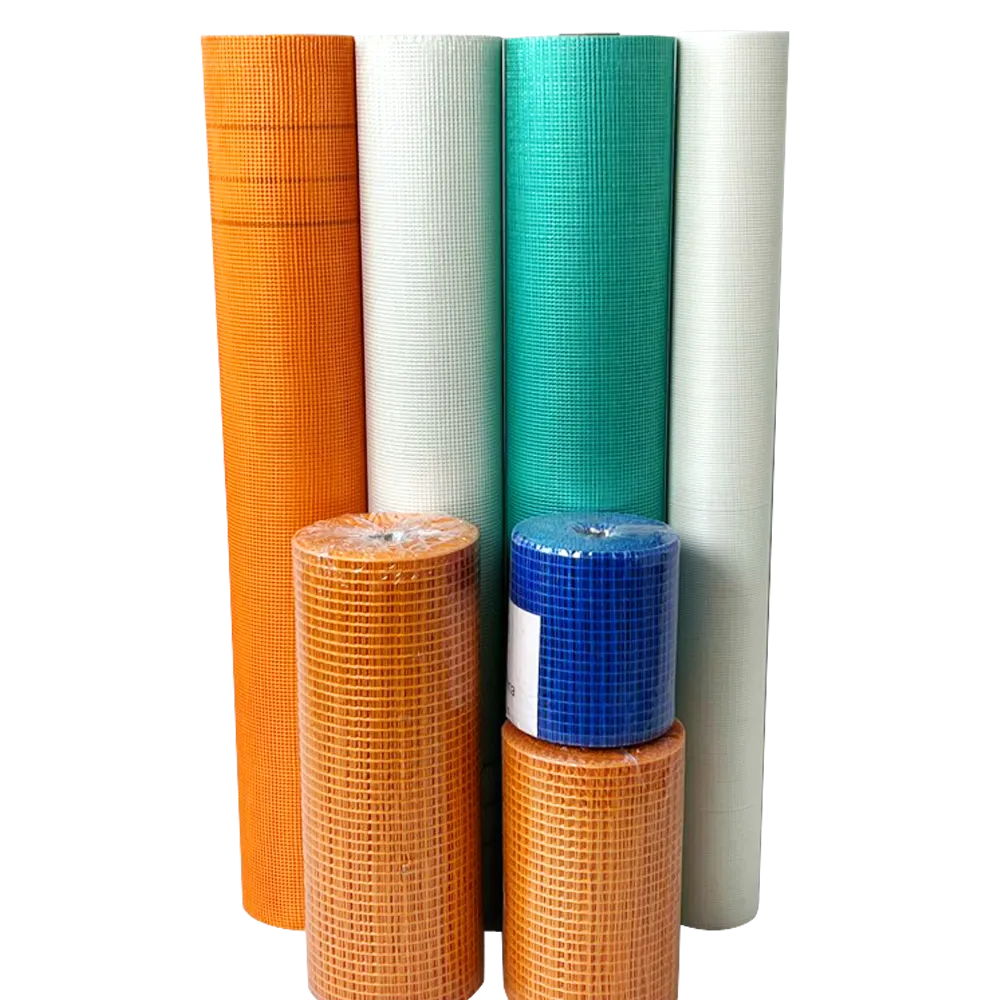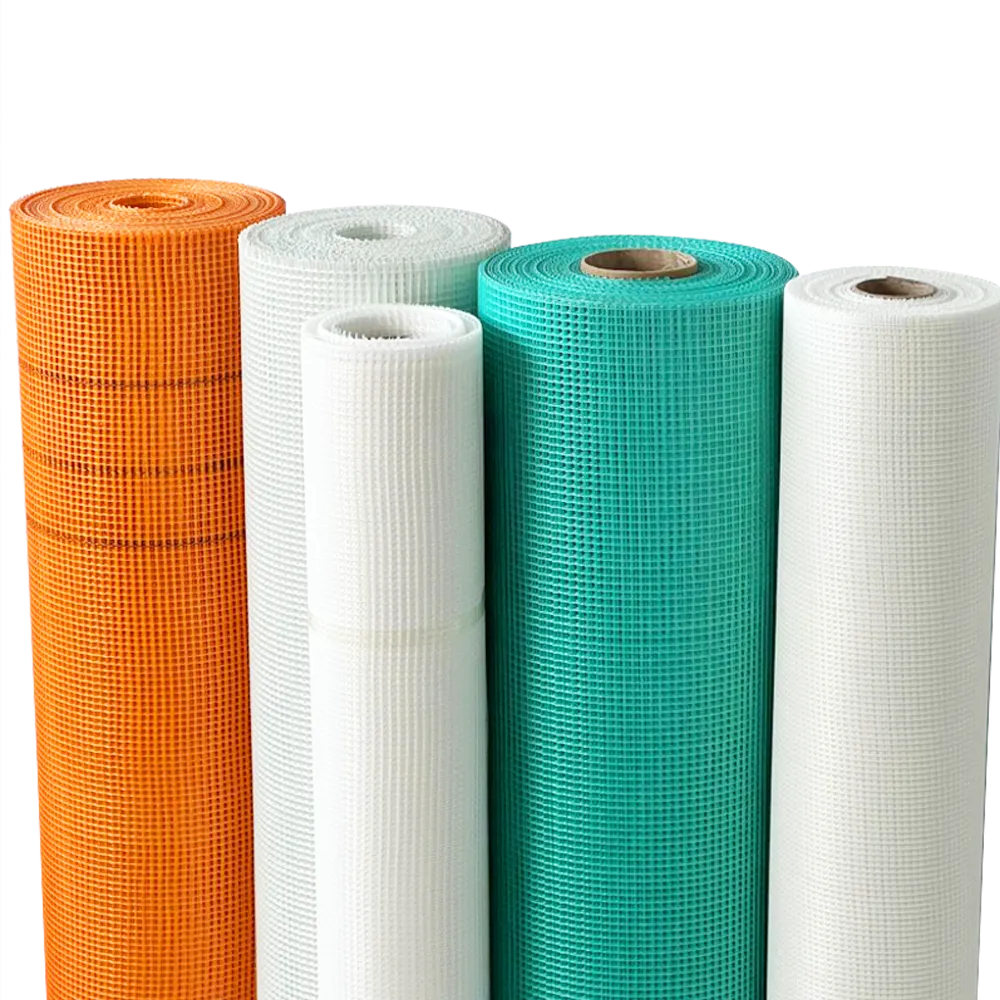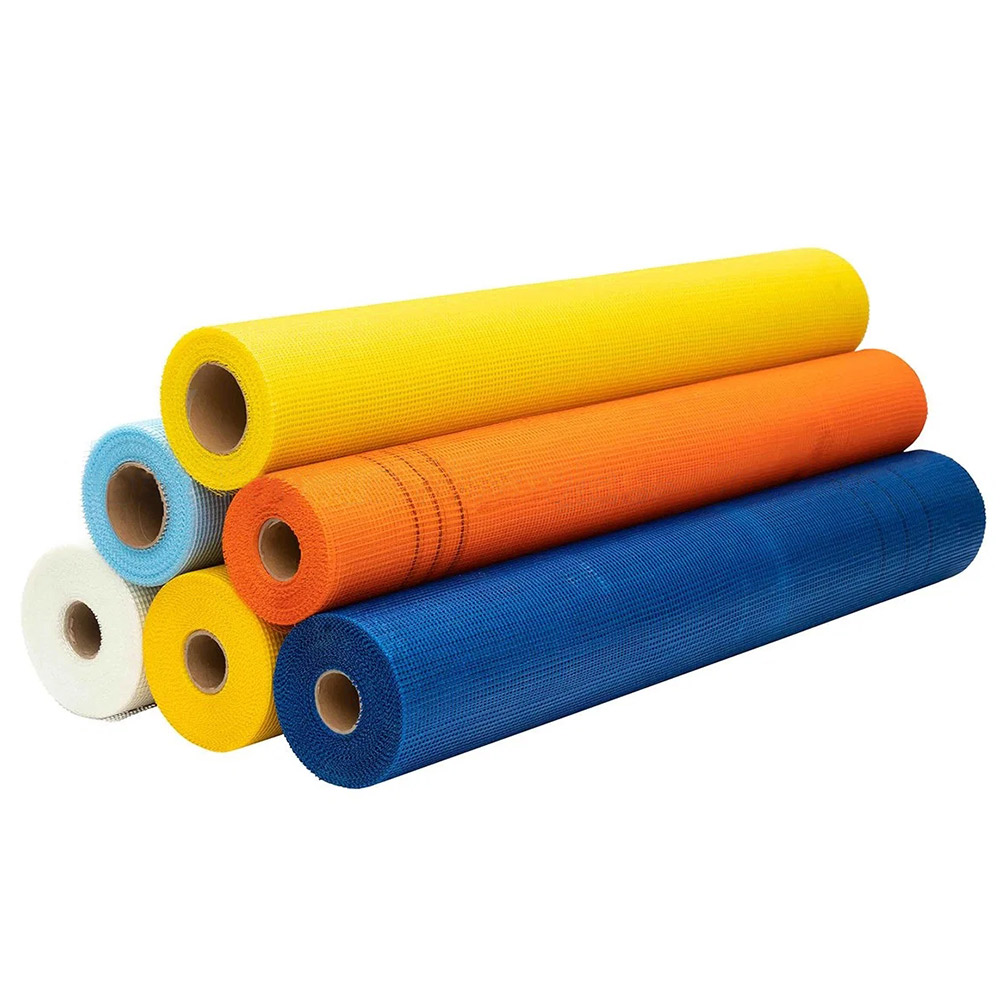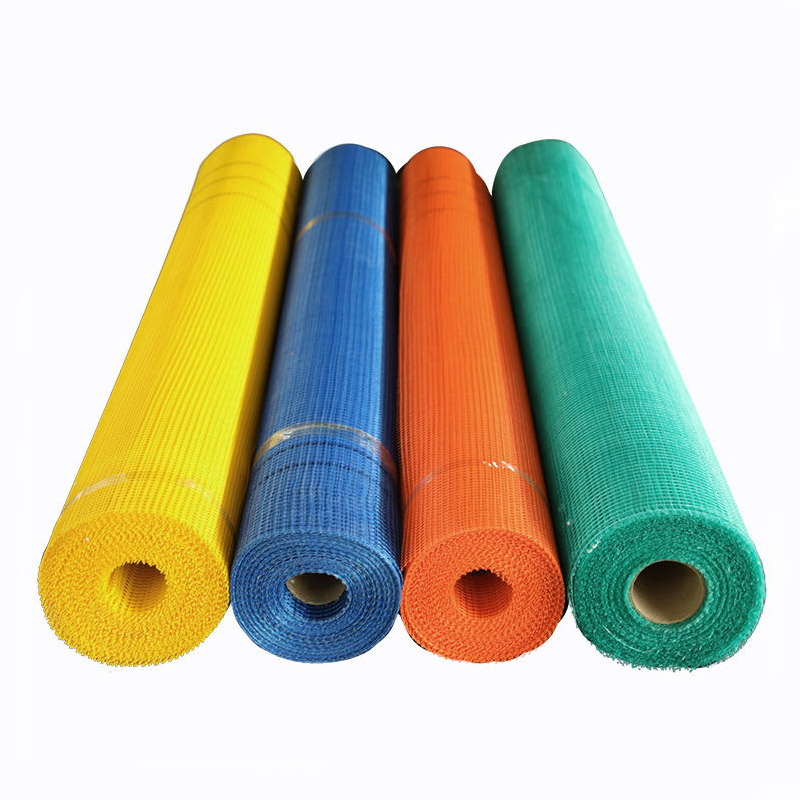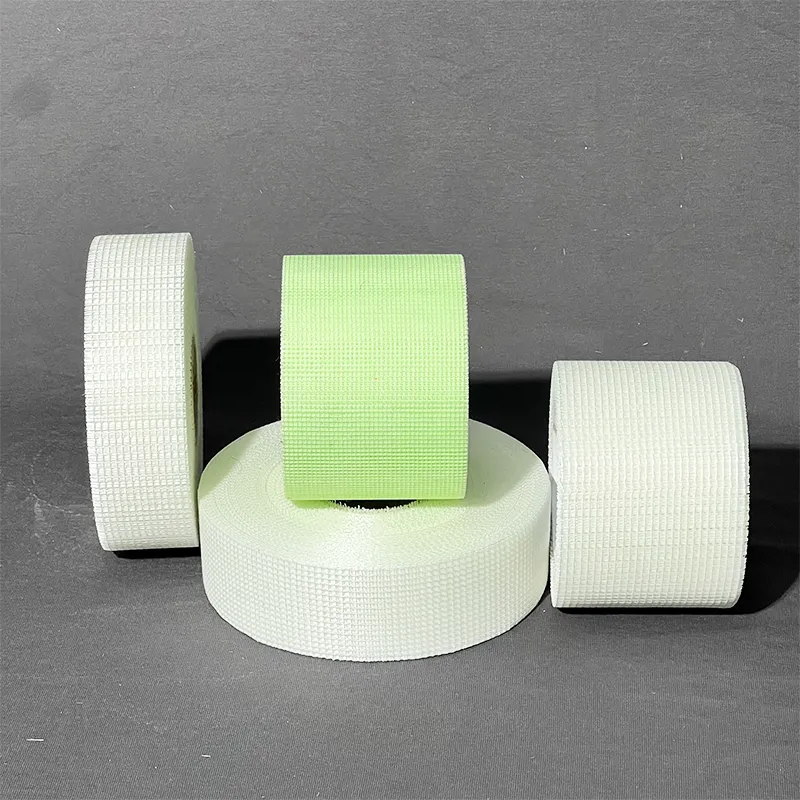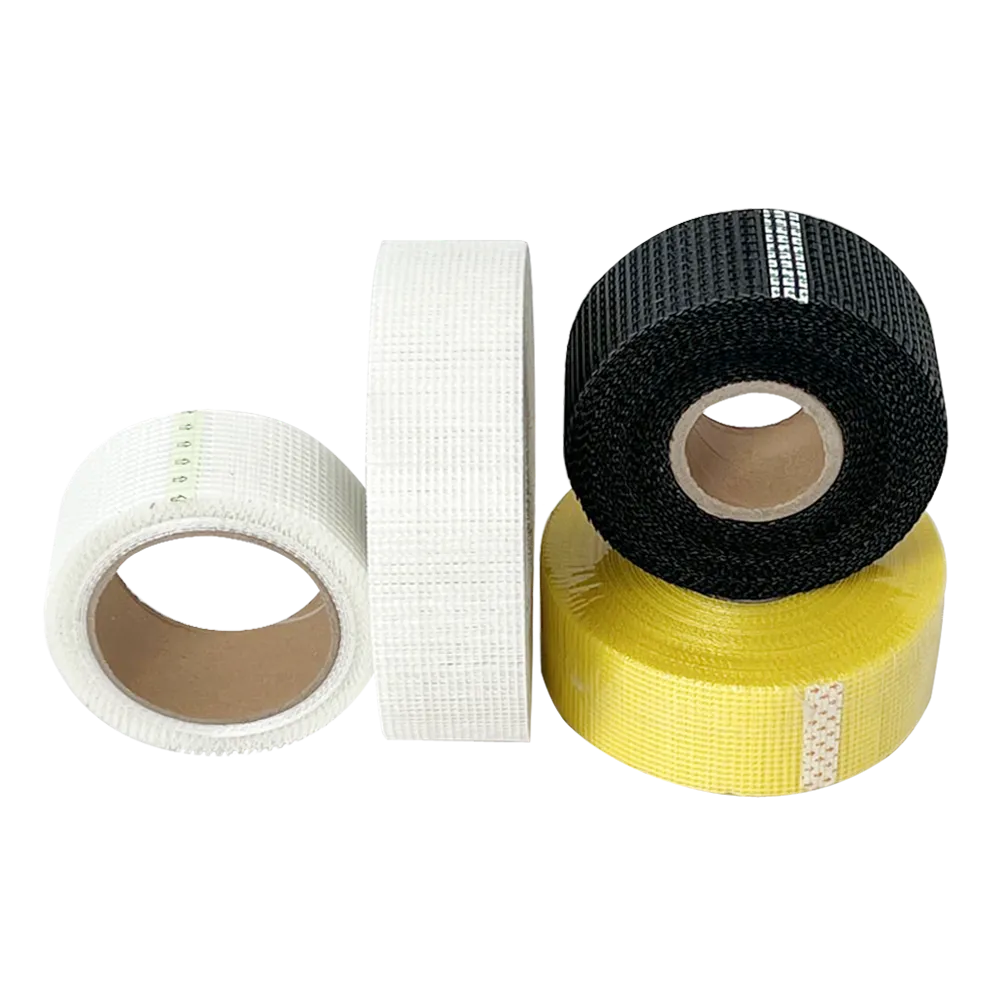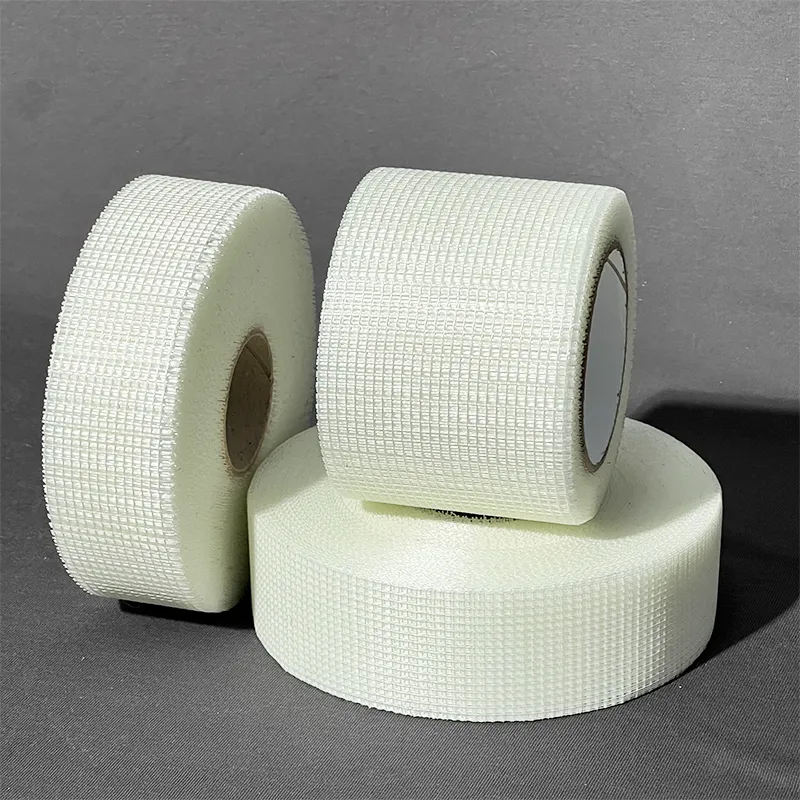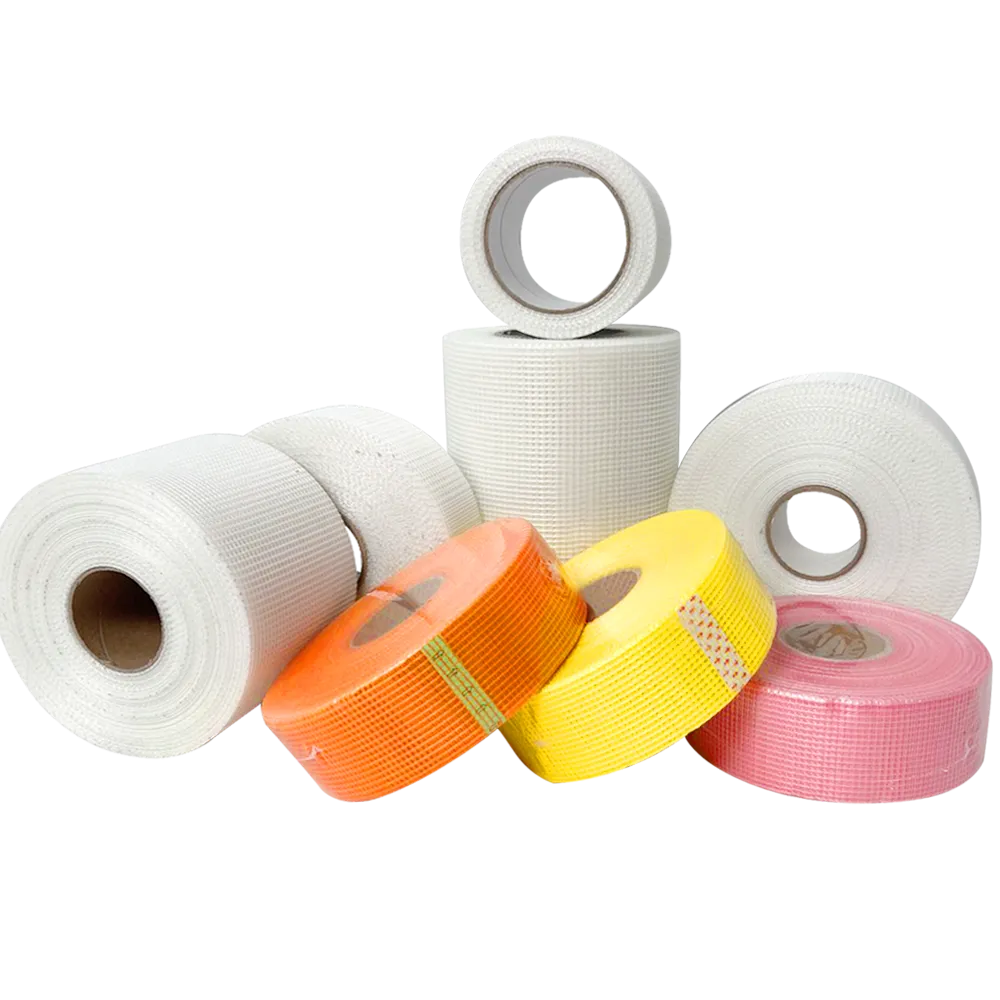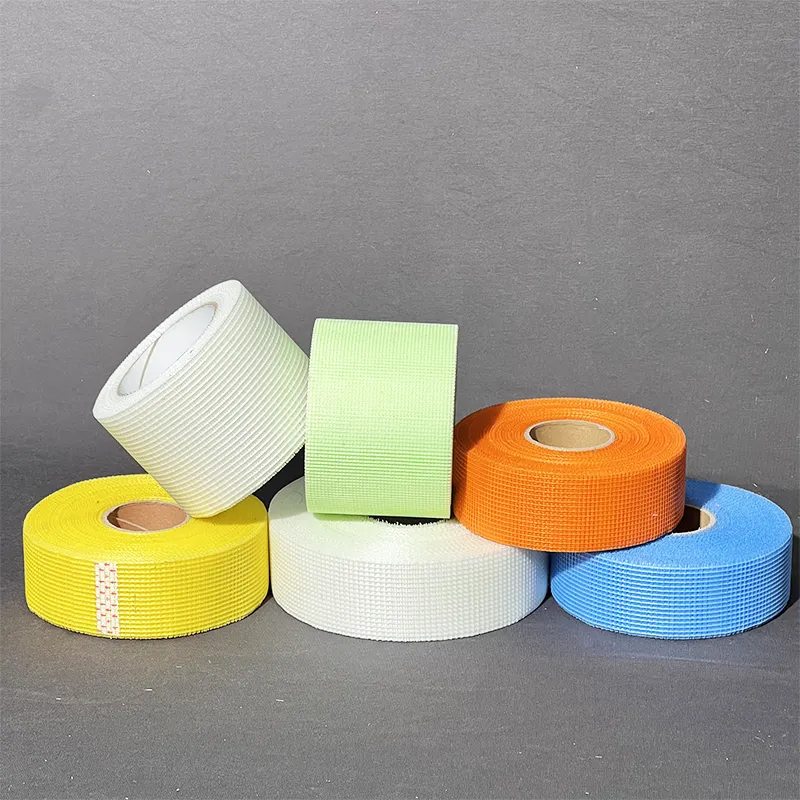Rgp . 09, 2025 01:40 Back to list
Corrosion Resistant Roving Glass Fiber for Winding | Free Samples
The landscape of industrial materials is constantly evolving, driven by an insatiable demand for enhanced performance, durability, and cost-efficiency. In this dynamic environment, composite materials have emerged as a cornerstone, particularly in applications where traditional materials fall short. At the heart of many high-performance composites lies specialized reinforcement, and among the most critical is Roving Glass Fiber Yarn Free Samples Corrosion Resistant Winding Filament. This advanced material is engineered to provide superior mechanical strength, excellent electrical insulation, and, crucially, exceptional resistance to corrosive environments, making it indispensable across a multitude of demanding industries.
Industry Trends and the Growing Demand for Corrosion-Resistant Composites
The global industrial sector is experiencing a significant shift towards materials that offer extended service life and reduced maintenance in harsh operating conditions. Traditional materials like steel, while strong, are often susceptible to corrosion, especially in acidic, alkaline, or saline environments common in chemical processing, marine, and wastewater treatment plants. This vulnerability leads to costly repairs, frequent replacements, and significant operational downtime. Consequently, there is an escalating trend towards advanced composite solutions. The market for fiber-reinforced plastics (FRP) is projected to grow substantially, driven by infrastructure development, the increasing need for lightweight components in transportation, and the imperative for sustainable solutions in industrial applications.
Specifically, the demand for Roving Glass Fiber Yarn Free Samples Corrosion Resistant Winding Filament is surging due to its inherent ability to fortify composites against aggressive chemicals and extreme temperatures. Industry reports indicate a compound annual growth rate (CAGR) for glass fiber composites, underscoring their critical role in future-proofing industrial assets. This growth is particularly pronounced in sectors requiring high integrity and long-term performance, such as oil and gas, power generation, and municipal utilities. The shift is not merely about replacing metal; it's about enabling new designs, improving safety, and achieving operational efficiencies previously unattainable.
Understanding Roving Glass Fiber Yarn Free Samples Corrosion Resistant Winding Filament: Technical Parameters and Specifications
To truly appreciate the capabilities of Roving Glass Fiber Yarn Free Samples Corrosion Resistant Winding Filament, it's essential to delve into its specific technical parameters. These specifications dictate its performance characteristics and suitability for various applications. Our product, designed with precision and engineered for excellence, offers a balance of strength, flexibility, and unparalleled corrosion resistance.
| Parameter | Specification | Unit | Description |
|---|---|---|---|
| Fiber Type | E-Glass (Alkali-free) | - | Standard, high-performance glass fiber known for excellent electrical insulation and good chemical resistance. Optimized for strength and processability. |
| Linear Density (Tex) | 1200 - 4800 | Tex | A measure of the fiber's mass per unit length. Common values for winding filament ensure optimal resin impregnation and laminate thickness. (e.g., 2400 Tex is 2400g per 1000m of yarn). |
| Filament Diameter | 13 - 24 | µm | The diameter of individual glass filaments, influencing strength and surface finish. Smaller diameters often result in finer, smoother laminates. |
| Tensile Strength | ≥ 1700 | MPa | The maximum stress the fiber can withstand before breaking under tension. Indicates superior load-bearing capability. |
| Tensile Modulus | ≥ 73 | GPa | A measure of the fiber's stiffness or resistance to elastic deformation. Higher modulus indicates greater rigidity. |
| Sizing Type | Silane-based / Optimized for Polyester, Vinyl Ester, Epoxy | - | A chemical coating applied to the fiber to enhance adhesion with specific resin systems, crucial for composite integrity and corrosion resistance. |
| Moisture Content | ≤ 0.10 | % | Low moisture content ensures optimal processing and prevents defects during composite manufacturing. |
| Loss on Ignition (LOI) | 0.40 - 0.70 | % | Measures the amount of organic sizing material on the fiber, influencing resin wet-out and laminate properties. |
| Corrosion Resistance | Excellent against acids, alkalis, salts, and organic solvents | - | Key feature, ensuring longevity in aggressive chemical environments. Verified through immersion tests (e.g., in HCl, NaOH solutions). |
| Density | 2.54 | g/cm³ | Intrinsic density of the glass fiber, contributing to the lightweight nature of composite structures. |
| Operating Temperature | -50 to +350 | °C | Thermal stability allows for use in a wide range of temperature conditions without significant degradation. |
| Packaging | Internal pull-out or external pull-out spools (15-20kg) | kg | Standard spool sizes for ease of handling and integration into winding processes. |
The Meticulous Manufacturing Process of Roving Glass Fiber Yarn Free Samples Corrosion Resistant Winding Filament
The superior performance of our Roving Glass Fiber Yarn Free Samples Corrosion Resistant Winding Filament is a direct result of a meticulously controlled and technologically advanced manufacturing process. This intricate procedure ensures the consistent quality, mechanical integrity, and desired chemical resistance of every strand. We adhere to stringent quality control measures at each stage, from raw material sourcing to final packaging, guaranteeing that our product meets and exceeds global industry standards.
Process Flow: From Raw Material to Finished Roving
- Raw Material Preparation: The process begins with carefully selected, high-purity raw materials, primarily silica sand, limestone, kaolin clay, feldspar, and borax. These components are precisely weighed and blended to achieve the specific E-glass composition, which is inherently alkali-free and exhibits excellent electrical and chemical properties.
- Melting: The blended raw materials are fed into a high-temperature furnace (often called a bushing or forehearth), where they are melted at temperatures exceeding 1300°C (2372°F) to form molten glass. This stage is critical for homogenizing the glass melt and eliminating impurities.
- Fiber Drawing (Filament Formation): The molten glass flows through tiny orifices (bushings) typically made of platinum-rhodium alloy. As the glass exits these orifices, it is rapidly drawn downward by high-speed winders, forming continuous, fine filaments of uniform diameter. The speed of drawing directly influences the filament diameter and, consequently, the strength of the fiber.
- Sizing Application: Immediately after drawing, while the filaments are still hot, they pass through an applicator where a specialized chemical "sizing" agent is applied. This sizing is crucial for two primary reasons:
- Protection: It lubricates the filaments, preventing abrasion and breakage during subsequent processing.
- Bonding: It acts as a coupling agent, promoting strong adhesion between the glass fiber and the matrix resin (e.g., polyester, vinyl ester, epoxy) in the final composite, which is essential for load transfer and, critically, for enhancing corrosion resistance by preventing chemical ingress along the fiber-matrix interface.
- Stranding: Hundreds or thousands of these newly sized filaments are gathered together into a single strand. The precise number of filaments per strand determines the linear density (Tex) of the roving.
- Winding: Multiple strands are then combined and wound onto large spools, forming the continuous roving. The winding tension and pattern are meticulously controlled to ensure uniform package density and prevent tangling or breakage during unwinding by the end-user.
- Drying and Curing: The wound rovings may undergo a drying and curing process to fully activate the sizing agent, optimize its performance, and ensure dimensional stability.
- Inspection & Packaging: Each spool undergoes rigorous quality inspection for linear density, filament integrity, sizing uniformity, and overall appearance. Approved spools are then carefully packaged to protect them from moisture and physical damage during transit and storage.
Below is a conceptual illustration of the manufacturing process:
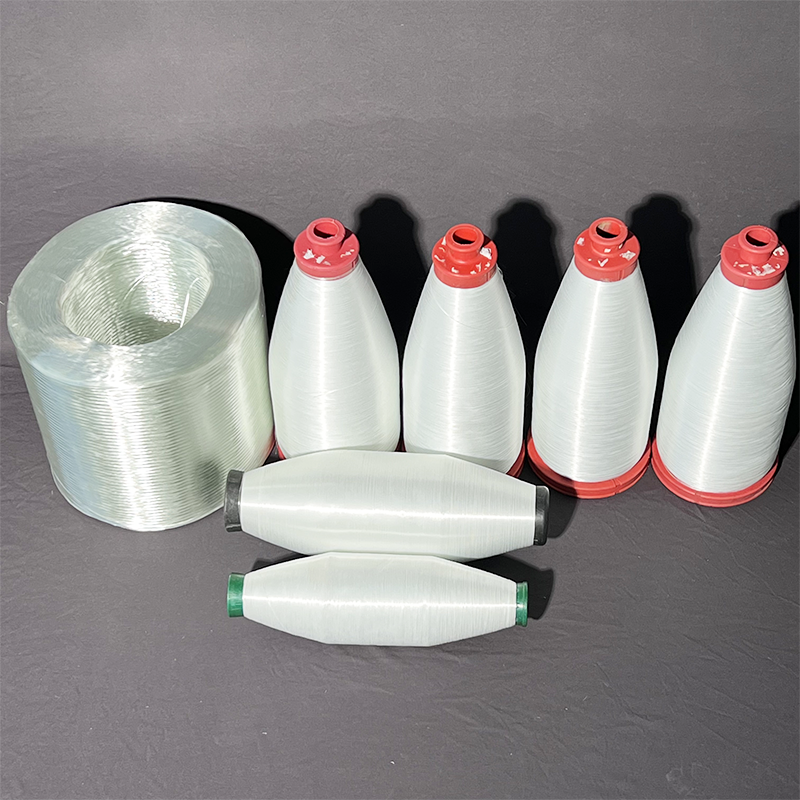
Figure 1: Conceptual overview of the Roving Glass Fiber Yarn Free Samples Corrosion Resistant Winding Filament manufacturing process.
Key Material Properties, Manufacturing Technologies, and Quality Standards
Our commitment to excellence extends beyond the basic process. We integrate advanced manufacturing technologies and adhere to the highest quality standards to produce a truly superior product.
- Material Purity: We utilize only high-grade E-glass, renowned for its excellent electrical insulation properties and, most importantly, its superior resistance to water, acids, and alkalis compared to other glass types. This material choice is fundamental to the corrosion-resistant nature of our winding filament.
- Precision Sizing Application: The consistency of sizing application is paramount. We employ advanced control systems to ensure uniform coating thickness across all filaments, maximizing resin wet-out and interfacial adhesion. This enhances the composite's overall mechanical properties and its barrier against corrosive media.
- Tension Control Winding: Our winding machines feature precision tension control, which prevents overstretching or under-tensioning of the filaments. This maintains the fiber's intrinsic strength and ensures optimal package integrity for smooth, high-speed unwinding during composite fabrication.
- Quality Control & Testing: Every batch of Roving Glass Fiber Yarn Free Samples Corrosion Resistant Winding Filament undergoes comprehensive testing in our in-house laboratory. Tests include linear density verification, tensile strength analysis (following ASTM D2343), LOI measurement, and visual inspection. We also conduct accelerated aging and corrosion immersion tests to validate the product's long-term performance in simulated harsh environments.
- International Standards: Our manufacturing facilities are ISO 9001:2015 certified, signifying our adherence to rigorous quality management systems. Our products also conform to relevant ASTM standards (e.g., ASTM D578 for Glass Fiber Strands) and can be tailored to meet specific ANSI or other industry-specific requirements, ensuring global applicability and reliability.
Advantages in Typical Application Scenarios: Energy Saving and Corrosion Resistance
The inherent properties of Roving Glass Fiber Yarn Free Samples Corrosion Resistant Winding Filament translate into significant advantages in diverse industrial applications, primarily focusing on energy savings and unparalleled corrosion resistance.
Enhanced Corrosion Resistance
Corrosion is a pervasive and costly problem across industries, leading to material degradation, structural failure, and environmental hazards. Our Roving Glass Fiber Yarn Free Samples Corrosion Resistant Winding Filament is specifically designed to combat this challenge. When integrated into composite structures (like pipes, tanks, and ducts), it creates a robust barrier that is largely immune to the chemical attack that corrodes metals. This includes resistance to a wide range of acids (hydrochloric, sulfuric), alkalis (sodium hydroxide), salts, and various organic solvents. This superior chemical inertness drastically extends the lifespan of infrastructure in industries such as:
- Petrochemical Industry: For storage tanks, pipelines, and scrubbers handling corrosive chemicals. FRP composites reinforced with our roving ensure leak-free operation and significantly reduce maintenance cycles compared to stainless steel or exotic alloys.
- Metallurgy & Mining: In pickling lines, fume extraction systems, and effluent treatment facilities where aggressive acidic solutions are common.
- Water Supply & Drainage / Wastewater Treatment: For large-diameter pipes, treatment tanks, and pump casings that are constantly exposed to water, chemicals, and biological contaminants. The non-corrosive nature prevents rust and ensures the purity of treated water.
- Marine & Offshore: In shipbuilding (hulls, decks, superstructures), offshore platforms, and subsea pipelines where saltwater corrosion is a perpetual threat.
Significant Energy Savings
The contribution of Roving Glass Fiber Yarn Free Samples Corrosion Resistant Winding Filament to energy savings comes primarily from two aspects:
- Lightweight Construction: Glass fiber composites possess an exceptionally high strength-to-weight ratio. This means composite structures reinforced with our roving are significantly lighter than their metallic counterparts of comparable strength. This lightness translates directly into energy savings in several ways:
- Reduced Transportation Costs: Lighter components are cheaper to transport, reducing fuel consumption and carbon footprint during logistics.
- Easier Installation: Less heavy machinery is required for lifting and positioning, lowering installation costs and energy expenditure on site.
- Improved Efficiency in Moving Parts: In applications like wind turbine blades or automotive components, lighter parts require less energy to accelerate, decelerate, or rotate, leading to greater operational efficiency.
- Reduced Maintenance and Replacement: By resisting corrosion and extending the operational life of assets, our roving minimizes the need for frequent inspections, repairs, and replacements. This dramatically cuts down on the energy and resources (including manufacturing energy for new parts) associated with maintenance activities. The total lifecycle energy consumption of a composite structure is often significantly lower than that of a traditional material that succumbs to corrosion over time.
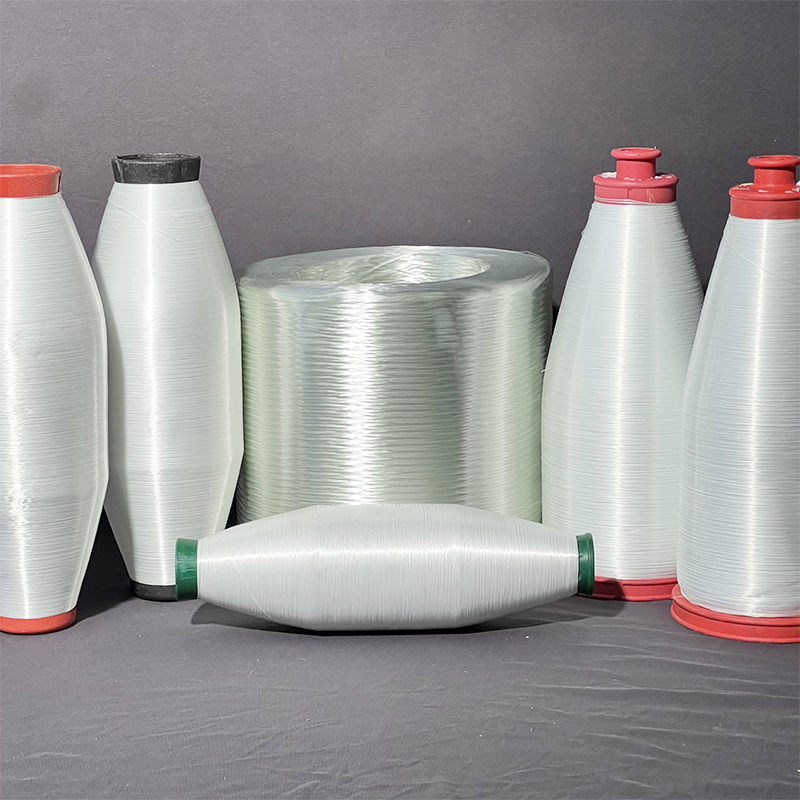
Figure 2: Illustrative advantages of Roving Glass Fiber Yarn Free Samples Corrosion Resistant Winding Filament in diverse applications.
Manufacturer Comparison: Why Choose Us for Your Roving Glass Fiber Yarn Free Samples Corrosion Resistant Winding Filament Needs?
The market offers numerous suppliers of glass fiber rovings, but not all are created equal. When selecting a partner for your critical composite reinforcement needs, it's vital to consider factors beyond just price. Our long-standing expertise and unwavering commitment to quality set us apart.
| Feature | Our Offering (Tainuo Fiberglass Mesh) | Typical Competitor |
|---|---|---|
| Product Quality & Consistency | Superior: Rigorous ISO 9001 certified QC, advanced process controls, premium raw materials. Consistently uniform linear density, strength, and sizing application across all batches. Low moisture content and LOI. |
Variable: May have less stringent QC, inconsistent raw material sourcing, leading to batch-to-batch variations in performance and processability. |
| Corrosion Resistance Formulation | Optimized: Specifically engineered E-glass composition and proprietary sizing chemistries for enhanced resistance against a broad spectrum of aggressive chemicals (acids, alkalis, salts, solvents). |
Standard: General-purpose sizing may offer adequate, but not optimized, chemical resistance. Performance may degrade faster in severe environments. |
| Technical Expertise & Support | In-depth: Decades of experience in composite materials. Dedicated R&D team for custom solutions and application support. Post-sales technical assistance and troubleshooting. |
Limited: May offer basic product specifications but lack deep technical knowledge for complex applications or custom formulation advice. |
| Customization Capabilities | Extensive: Ability to tailor Tex values, filament diameters, sizing chemistries, and spool configurations to meet unique project requirements and resin compatibility. |
Minimal: Generally offers standard product lines with little flexibility for specific customer needs. |
| Certifications & Compliance | Comprehensive: ISO 9001:2015 certified, adherence to ASTM standards. Products often meet specific industry certifications (e.g., DNV GL, CE) based on application needs. |
Basic: May only meet fundamental safety standards, potentially lacking industry-specific certifications for critical applications. |
| Supply Chain Reliability | Robust: Established global logistics, stable raw material procurement, and robust production capacity ensure consistent supply and on-time delivery. |
Unpredictable: May face disruptions in raw material supply or production, leading to delays and inconsistent availability. |
| Customer Feedback & Experience | Positive: Consistently high customer satisfaction, long-term partnerships with leading composite manufacturers globally. Proven track record in high-stakes projects. |
Mixed: Feedback may vary, with some concerns regarding consistency or post-sales support. |
Our commitment to providing free samples allows you to experience the superior quality and performance of our Roving Glass Fiber Yarn Free Samples Corrosion Resistant Winding Filament firsthand, mitigating your risk and building trust from the outset. We stand by our product's ability to outperform and outlast.
Customized Solutions for Specialized Applications
Understanding that every project presents unique challenges, we offer highly customized solutions for our Roving Glass Fiber Yarn Free Samples Corrosion Resistant Winding Filament. Our expert R&D team works closely with clients to develop rovings precisely engineered for specific resin systems, winding processes, and end-use environments.
This includes:
- Tailored Sizing Formulations: Developing custom sizing agents that optimize adhesion with exotic resins (e.g., specific polyurethanes, high-temperature epoxies) or provide enhanced resistance to particular corrosive media.
- Specific Linear Densities (Tex): Producing rovings with non-standard Tex values to achieve precise laminate thicknesses or winding speeds for automated production lines.
- Optimized Filament Diameters: Adjusting filament diameters to influence surface finish, resin consumption, or specific mechanical properties for highly specialized applications.
- Custom Spooling & Packaging: Providing rovings on custom spool sizes, weights, or winding patterns to seamlessly integrate with your existing machinery and production processes, minimizing waste and maximizing efficiency.
Our collaborative approach ensures that you receive a product that not only meets but exceeds your technical requirements, providing a competitive edge in your market.
Application Cases and Customer Success Stories
The versatility and robust performance of Roving Glass Fiber Yarn Free Samples Corrosion Resistant Winding Filament have led to its successful adoption in a myriad of challenging applications worldwide. Here are a few examples showcasing its impact:
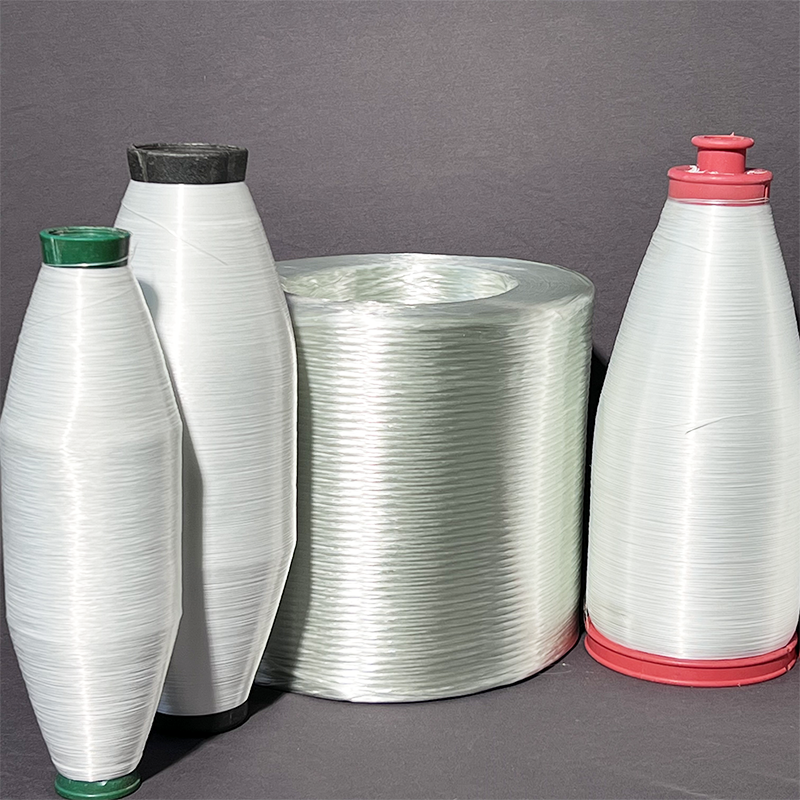
Figure 3: Diverse applications benefiting from Roving Glass Fiber Yarn Free Samples Corrosion Resistant Winding Filament.
Case Study 1: Chemical Storage Tanks in a Fertilizer Plant
Challenge: A large fertilizer production facility faced persistent issues with the corrosion of its steel storage tanks, which held concentrated sulfuric acid and phosphoric acid. Frequent maintenance and replacement were leading to significant operational downtime and safety concerns.
Solution: The facility decided to replace the steel tanks with Filament Wound FRP tanks. Our Roving Glass Fiber Yarn Free Samples Corrosion Resistant Winding Filament with vinyl ester resin was selected as the primary reinforcement. The roving's superior chemical resistance was critical for direct contact with the highly corrosive acids.
Result: After five years in service, the FRP tanks show no signs of corrosion or degradation, a stark contrast to the previous steel tanks which required major repairs every 1-2 years. The client reported a 70% reduction in maintenance costs related to storage vessels and improved plant safety due to the inherent leak resistance of the composite structure. This success story exemplifies the long-term reliability provided by our product.
Case Study 2: High-Pressure Water Pipelines for Desalination Plant
Challenge: A new seawater desalination plant required large-diameter, high-pressure pipelines that could withstand continuous exposure to highly saline water and elevated pressures, while also being lightweight enough for cost-effective installation in a remote coastal area.
Solution: Spiral-wound FRP pipes reinforced with our Roving Glass Fiber Yarn Free Samples Corrosion Resistant Winding Filament were chosen over traditional concrete or steel pipes. The roving's high tensile strength provided the necessary burst resistance, while its inherent corrosion resistance ensured longevity in the aggressive saltwater environment. The lightweight nature significantly reduced installation time and equipment costs.
Result: The pipelines were installed ahead of schedule and have been operating flawlessly for eight years. The plant achieved significant savings on installation labor and continues to benefit from zero corrosion-related failures, showcasing the product's dual benefits of structural integrity and environmental resilience. Our technical support team also provided on-site guidance during the initial winding trials, ensuring optimal process parameters.
Case Study 3: Strengthening of Aging Industrial Chimneys
Challenge: An old thermal power plant needed to rehabilitate its aging concrete chimney flues, which were suffering from acid attack due to sulfurous emissions. Demolition and reconstruction were prohibitively expensive and time-consuming.
Solution: An innovative solution involving internal lining with FRP using our Roving Glass Fiber Yarn Free Samples Corrosion Resistant Winding Filament was implemented. The roving, combined with a specialized epoxy resin, was wound in situ to create a new, corrosion-resistant inner shell within the existing concrete structure.
Result: The rehabilitated chimney flues now provide a complete barrier against acidic gases, extending the chimney's operational life by an estimated 20+ years. The project was completed with minimal plant downtime, and the cost was substantially lower than a full replacement. This project highlights our product's adaptability for rehabilitation and upgrade applications, proving its value in preserving critical infrastructure.
These cases demonstrate our commitment to delivering high-performance materials that provide tangible benefits, supported by our extensive experience and technical proficiency in the composites industry.
Quality Assurance, Delivery & Support: Our Commitment to Trustworthiness
Our reputation is built on trust, which stems from our unwavering commitment to quality assurance, reliable delivery, and comprehensive customer support. We understand that in critical industrial applications, the performance and availability of materials are paramount.
Rigor in Quality Assurance
Every step of our manufacturing process for Roving Glass Fiber Yarn Free Samples Corrosion Resistant Winding Filament is governed by a stringent Quality Management System certified to ISO 9001:2015. This comprehensive system covers:
- Raw Material Incoming Inspection: All raw materials undergo rigorous testing to ensure they meet our purity and compositional standards before entering production.
- In-Process Control: Continuous monitoring of critical parameters like temperature, drawing speed, sizing application rate, and winding tension ensures consistency and prevents defects. Our advanced sensors and automated control systems minimize human error.
- Finished Product Testing: Each production batch is subjected to a battery of tests including linear density, tensile strength, LOI, and moisture content. We also perform specialized tests like simulated chemical immersion to verify corrosion resistance, ensuring the product's performance in real-world conditions.
- Traceability: Every spool of Roving Glass Fiber Yarn Free Samples Corrosion Resistant Winding Filament is fully traceable back to its raw materials and production batch, allowing for complete transparency and accountability.
- Third-Party Verification: We regularly engage independent third-party laboratories to audit our testing procedures and verify our product specifications, providing an additional layer of assurance to our customers.
Reliable Delivery & Global Logistics
We recognize the importance of timely delivery for your project timelines. Our robust supply chain and efficient logistics network enable us to manage orders of all sizes, from small custom batches to large-volume shipments, with precision and speed. We maintain strategic warehousing and collaborate with reliable global shipping partners to ensure your Roving Glass Fiber Yarn Free Samples Corrosion Resistant Winding Filament reaches you efficiently, regardless of your location. Our typical lead times are communicated clearly at the time of order, and we work diligently to meet or exceed those commitments, offering flexible solutions for urgent requirements where possible.
Comprehensive Customer Support
Our relationship with clients extends far beyond the sale. We pride ourselves on offering comprehensive customer support, backed by a team of experienced technical professionals:
- Pre-Sales Consultation: Our experts are available to discuss your specific application needs, recommend the most suitable product specifications, and provide technical advice on material compatibility and processing techniques.
- Technical Assistance: Should you encounter any challenges during the composite manufacturing process, our technical support team is ready to provide guidance, troubleshoot issues, and offer solutions to optimize performance.
- After-Sales Service: We provide ongoing support to ensure the long-term success of your projects, including product performance monitoring and assistance with any post-installation queries.
- Warranty Commitment: We stand behind the quality of our Roving Glass Fiber Yarn Free Samples Corrosion Resistant Winding Filament with a clear warranty policy, ensuring peace of mind for our customers. Details of our warranty and return policy are available upon request.
Frequently Asked Questions (FAQ) about Roving Glass Fiber Yarn Free Samples Corrosion Resistant Winding Filament
Here are some common questions we receive about our product, addressing key technical and application aspects:
- Q1: What is the primary advantage of Roving Glass Fiber Yarn Free Samples Corrosion Resistant Winding Filament in corrosive environments?
A1: The primary advantage lies in its exceptional chemical inertness and the ability of its specialized sizing to bond with corrosion-resistant resins (e.g., vinyl ester, epoxy). This creates a composite structure highly resistant to acids, alkalis, salts, and various industrial chemicals, vastly extending service life compared to traditional metals. - Q2: What types of resins are typically compatible with this roving?
A2: Our Roving Glass Fiber Yarn Free Samples Corrosion Resistant Winding Filament is designed with versatile silane-based sizing systems that ensure excellent compatibility and adhesion with a wide range of thermoset resins, including polyester, vinyl ester, epoxy, and polyurethane, enabling diverse composite applications. - Q3: What are the typical Tex values available, and how do I choose the right one?
A3: We offer a range of Tex values, commonly from 1200 Tex to 4800 Tex. The ideal Tex value depends on your specific winding process (e.g., filament winding, pultrusion), desired laminate thickness, resin wet-out requirements, and mechanical properties needed for the final composite structure. Our technical team can assist you in selecting the optimal Tex for your application. - Q4: How does the manufacturing process ensure consistent quality for Roving Glass Fiber Yarn Free Samples Corrosion Resistant Winding Filament?
A4: Our manufacturing process incorporates stringent ISO 9001 certified quality controls at every stage, from precise raw material blending and automated fiber drawing to controlled sizing application and consistent tension winding. Continuous in-line monitoring and comprehensive laboratory testing of each batch guarantee uniform properties and performance. - Q5: What are the main applications of this product beyond pipes and tanks?
A5: Beyond pipes and tanks, Roving Glass Fiber Yarn Free Samples Corrosion Resistant Winding Filament is widely used in composite pressure vessels, chemical processing equipment, electrical insulation components (e.g., switchgear, transformer components), wind turbine blades, marine structures, rebar for concrete reinforcement in corrosive environments, and various profiles made via pultrusion for structural applications in harsh settings. - Q6: Can Roving Glass Fiber Yarn Free Samples Corrosion Resistant Winding Filament be customized for specific project requirements?
A6: Absolutely. We specialize in providing customized solutions. This includes tailoring linear density, filament diameter, specific sizing chemistries for unique resin systems or extreme chemical exposures, and bespoke spooling configurations to seamlessly integrate with your existing machinery and production workflows. - Q7: What quality standards and certifications does your product meet?
A7: Our manufacturing operations are ISO 9001:2015 certified, ensuring adherence to global quality management standards. Our Roving Glass Fiber Yarn Free Samples Corrosion Resistant Winding Filament is produced in accordance with relevant ASTM standards (e.g., ASTM D578 for glass fiber strands) and can be formulated to meet additional industry-specific certifications or client-specific technical specifications upon request.
Conclusion: Leading the Way in Corrosion-Resistant Composite Reinforcement
The imperative for durable, high-performance materials in today's industrial landscape is undeniable. Roving Glass Fiber Yarn Free Samples Corrosion Resistant Winding Filament stands at the forefront of this evolution, offering an unparalleled combination of mechanical strength, lightweight advantages, and, most critically, exceptional resistance to the harshest corrosive environments. From safeguarding critical infrastructure in the petrochemical industry to enabling sustainable solutions in water treatment and renewable energy, its applications are vast and transformative.
Our dedication to meticulous manufacturing, rigorous quality assurance, and a client-centric approach ensures that every spool of our Roving Glass Fiber Yarn Free Samples Corrosion Resistant Winding Filament delivers consistent, reliable performance. We believe in building long-term partnerships, providing not just a product, but a complete solution backed by deep technical expertise, customization capabilities, and unwavering support. By choosing our advanced roving, you are investing in the longevity, efficiency, and safety of your assets, paving the way for a more resilient and sustainable industrial future. Experience the difference that true quality and expertise can make, starting with our free sample offering.
Further Reading and References:
- Composites World. (Ongoing Publications). Regularly discusses market trends, new technologies, and applications in the composites industry. https://www.compositesworld.com
- Journal of Composite Materials. (Various Issues). Provides peer-reviewed research on the science and technology of composite materials, including glass fibers and their performance. https://journals.sagepub.com/home/jcm
- American Society for Testing and Materials (ASTM International). (Standards). Publishes consensus standards for materials, products, systems, and services. Relevant standards include those for glass fibers (e.g., ASTM D578). https://www.astm.org
- International Organization for Standardization (ISO). (Standards). Develops international standards for products, services and good practice, notably ISO 9001 for quality management systems. https://www.iso.org
-
The Versatile Strength of Fiberglass Mesh in Modern ConstructionNewsAug.06,2025
-
Strength Beneath the Surface: The Role of fiberglass Mesh Tapes in Drywall and Stucco SystemsNewsAug.06,2025
-
Reinforcing Modern Surfaces: The Power of Fiberglass Mesh in ConstructionNewsAug.06,2025
-
Long-Lasting Wall Reinforcement: The Power of Alkaline-Resistant and White Fiberglass mesh TapesNewsAug.06,2025
-
Building Stronger Walls: The Benefits of Fiberglass mesh Tapes in Drywall ConstructionNewsAug.06,2025
-
Advanced Reinforcement Solutions: The Role of Alkali-Resistant and White Fiberglass Mesh in Modern PlasteringNewsAug.06,2025
